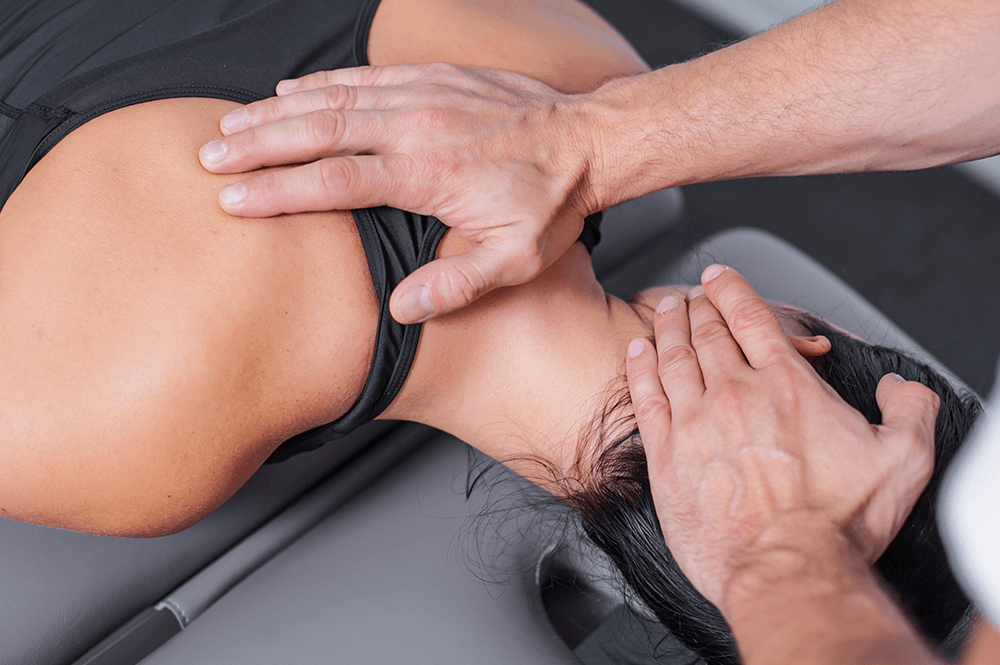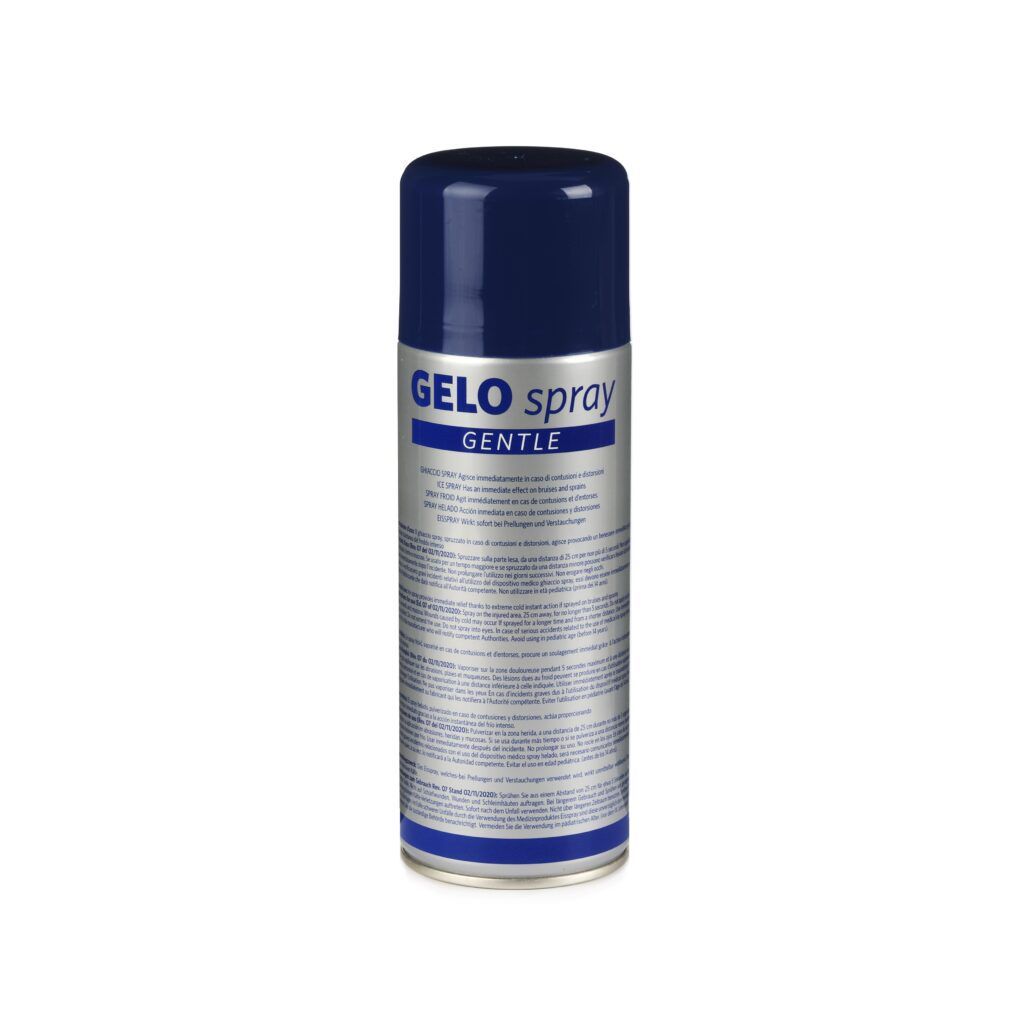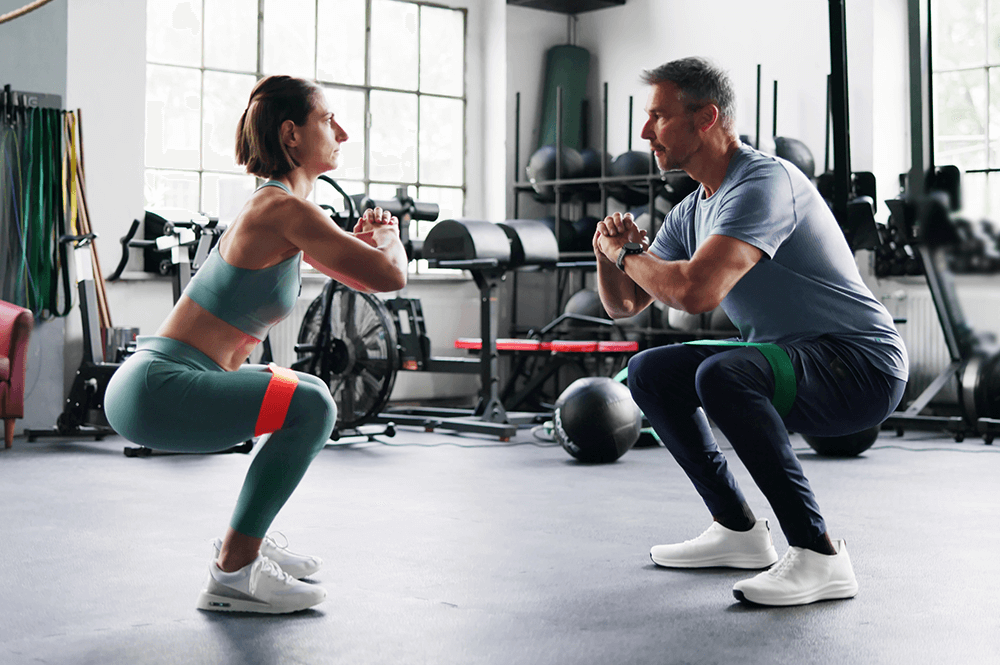Athletic preparation and recovery
Deep tissue massage for the back

The benefits of a sports massage for athletes
Anyone who suffers from muscle knots knows that a muscle release massage is essential for muscle recovery, but it is also useful for preventing injuries. A sports massage for the back improves mobility and reduces muscle tension and stiffness, which often cause pain. This allows the back and neck muscles to function more smoothly and efficiently during training, reducing the risk of injuries and enhancing athletic performance. Among the key benefits of a muscle release massage for the back are:- Reduction of muscle knots: it’s no secret, athletes are prone to muscle tension and stiffness. A muscle release massage helps loosen knots and improve the function of the back and upper body muscles;
- Improved blood circulation: a sports massage promotes increased blood flow to the muscles, accelerating oxygen transport and enhancing circulation;
- Greater flexibility and mobility: tight muscles restrict movement and increase the likelihood of injury. In addition to improving posture, a muscle release massage helps maintain muscle elasticity and spinal mobility, promoting better movement and performance;
- Injury prevention: muscle knots and tension can lead to strains or inflammation, while a sports massage can reduce the risk of such injuries by preventing microtraumas and speeding up post-workout recovery;
- Stress reduction: regardless of the cause of stress, a muscle release massage not only relaxes the muscles but also promotes a general sense of well-being.
Deep tissue massage for the neck and back: reducing muscle stress after physical activity
Athletes should incorporate deep tissue massages into their routine to reduce muscle stress after training sessions and speed up lactic acid elimination. After a workout, the back and neck muscles are likely to be stiff, especially following heavy lifting sessions or intense repetitions. A deep tissue massage can help not only to release muscle knots but also to prevent lower back pain and neck discomfort while improving physical condition, flexibility, and joint mobility. These factors are crucial for proper athletic movement. During physical activity, muscles undergo significant strain, which can cause microtears in muscle fibers, leading to stiffness or localized inflammation. A deep tissue massage for the neck and back, using targeted techniques and localized pressure, helps counteract these physical issues that limit athletic performance. Getting a deep tissue massage after exercise has several benefits:- Muscle relaxation: helps reduce accumulated tension and release muscle knots;
- Toxin elimination: tissue oxygenation and lymphatic drainage help remove toxins, rejuvenating organs and skin;
- Pain and inflammation reduction: if muscle discomfort is present, massage accelerates recovery.
Deep tissue massage: preventing lower back pain
The lower back is often prone to pain and muscle knots due to repetitive strain, excessive overload, or abrupt movements, leading to discomfort and reduced mobility. To prevent and alleviate pain, a deep tissue massage is an excellent solution, especially when performed regularly, at least once a week or after particularly intense training sessions. A deep tissue massage for the lower back can be a valuable addition to a recovery routine, helping to prevent back pain and maintain high athletic performance.Sports massage techniques to optimize athletic performance
A deep tissue massage is a crucial tool for athletes—not only for recovery after a muscle knot but also for enhancing athletic performance. There are various specific techniques for performing a deep tissue massage, such as:- Friction massage: Used to break down muscle tension.
- Percussion massage: Helps stimulate blood circulation.
- Effleurage: A gentler massage technique aimed at muscle relaxation.









